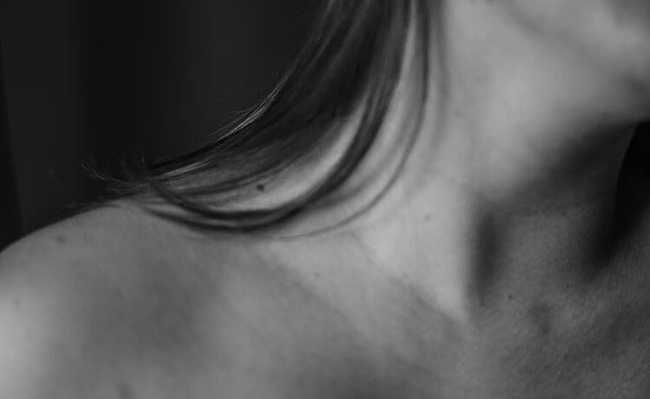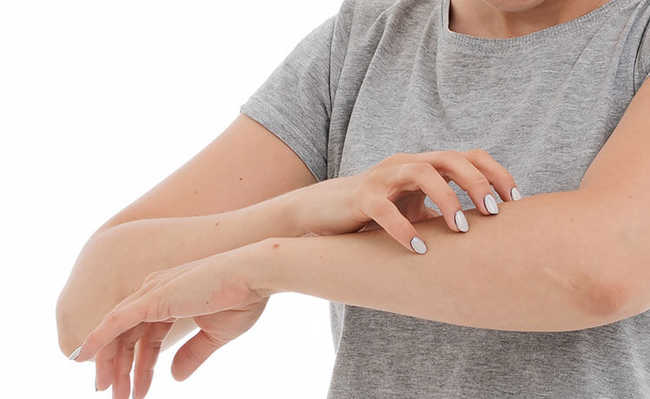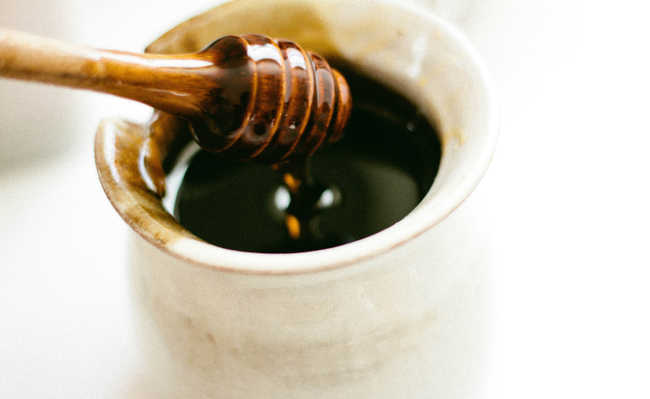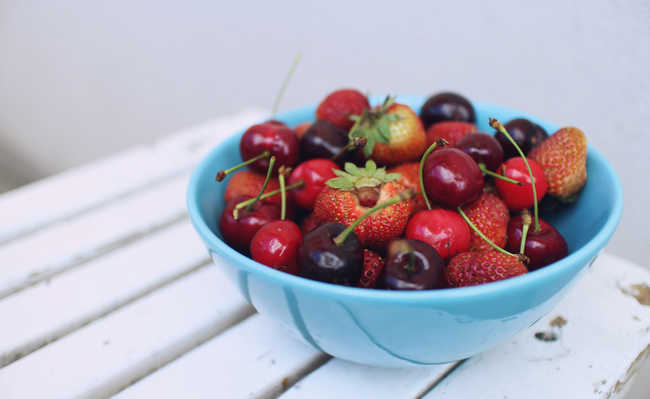How to Make Home Style Shampoo and Conditioner
Take care of your hair in a less harmful way, learn how to make shampoo and conditioner in a homemade style

Ariana Prestes image on Unsplash
All conventional types of shampoo and conditioner contain chemical components harmful to human health. If you knew the effects they can have, you would probably think twice about using them on your body. Propane, geraniol, parabens and petrolatum are just a few of these unwanted ingredients that can be found in most common hair care products.
Although the best option is in products made from organic raw materials, the high cost often makes them inaccessible.
But there are many ways to continue your low-cost beauty treatments in a natural, home style. In addition, the environment is grateful for the countless packages of these products that you will not discard!
Here are some suggestions for homemade recipes for hair care products:
1. How to make homemade and natural shampoo
The basic homemade shampoo recipe is very simple. Check it out:
- 2 tablespoons of baking soda;
- 500 ml filtered water.
You might think you're missing something, but the basic recipe is exactly that. From it and according to the specific needs of each one, other ingredients can be added to aid in hydration and provide some aroma. There are many natural options, including:
- Vegetable oils (about half a tablespoon) - there are numerous options and specific benefits that each provides - see the table (purchase vegetable oils):
Olive oil Green Coffee Oil Licuri Oil Palm oil Avocado Oil Brazil Nut Oil Macadamia Oil Palm kernel oil Sweet almond oil Chia Oil Macaúba Oil Peach Oil Andiroba Oil Babassu coconut oil Castor Castor Oil Rosehip Oil Rice Oil Copaiba oil neem oil Pumpkin Seed Oil Buriti Oil Wheat Germ Oil Ojon Oil Grape seed oil
- About 1 tablespoon of coconut milk, preferably homemade or natural (recipe how to make coconut oil in an easy way);
- ½ tablespoon or one capsule of vitamins A and E, alone or in combination;
- Essential oils that will give the aroma, among other benefits. They can be used alone or in combinations, and there the possibilities are endless. Twenty drops is enough (buy essential oils).
Method of preparation
You can reuse a shampoo bottle and add all the ingredients there. Mix well until the bicarbonate is completely dissolved. If you use a package that has a metering valve, add another 60 ml of water approximately.
How to use
It is suggested that it be used once a month, as its daily use can overdry the scalp, and thus lead to the formation of dandruff or other undesirable events. Every time you use it, shake the package well beforehand. Put the volume of about a tablespoon of shampoo in the palm of your hand and apply it to the scalp, rubbing it gently, then spread the product to the ends. Then rinse and apply the following item:
2. Natural conditioner
Amazingly, you will only need:
- Diluted apple vinegar (1 part vinegar to 4 parts filtered water).
Just apply directly over the length and ends of the strands and enjoy the smoothness it will provide. Feel free to apply almond oil, coconut oil or olive oil if your strands are the drier types. Wait a few minutes and rinse.
3. Natural dry shampoo recipe
You will need:
- 2 tablespoons of corn starch or cassava or potato starch;
- 2 drops of essential oil of your choice.
Optional:
- Cinnamon or cocoa powder for dark hair.
Method of preparation
Mix all ingredients in a container with a lid. You can reuse a baby powder container, or even an old salt shaker.
How to use
Apply directly to the scalp, using a makeup brush if necessary. Spread it well on the wires with a comb until you no longer notice any traces of the product.
Understand about each component
Sodium bicarbonate
Due to its cleansing properties, it works as an anti-residue shampoo that removes all the excess residues from conditioners and other products that may possibly exist in your hair. This is due to its ability to absorb oils and fats.
It is an alkaline product with a pH around 9, which causes the opening of the hair cuticles, causing it to absorb a lot of water. If it is not neutralized with an acid, it can cause the wires to break and fall, due to this excessive weight. That's where apple cider vinegar comes in.
Apple vinegar
The acid present in apple cider vinegar will neutralize the basicity caused by the bicarbonate, closing the cuticles again.
If you feel the need, you can enhance the hydration of the threads in a natural way using vegetable butters, such as shea and cupuaçu. Find out where to find them in their natural form here.
Ready! Now you know how to make shampoo and conditioner at home, keeping the beauty of your hair in an economical, efficient and environmentally correct way, without having to use toxic chemical components.










